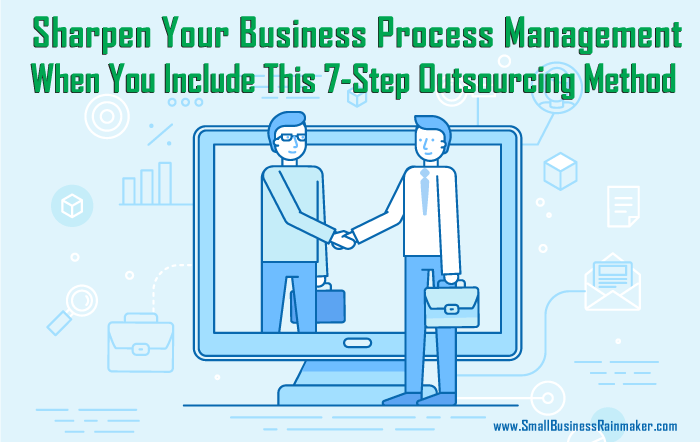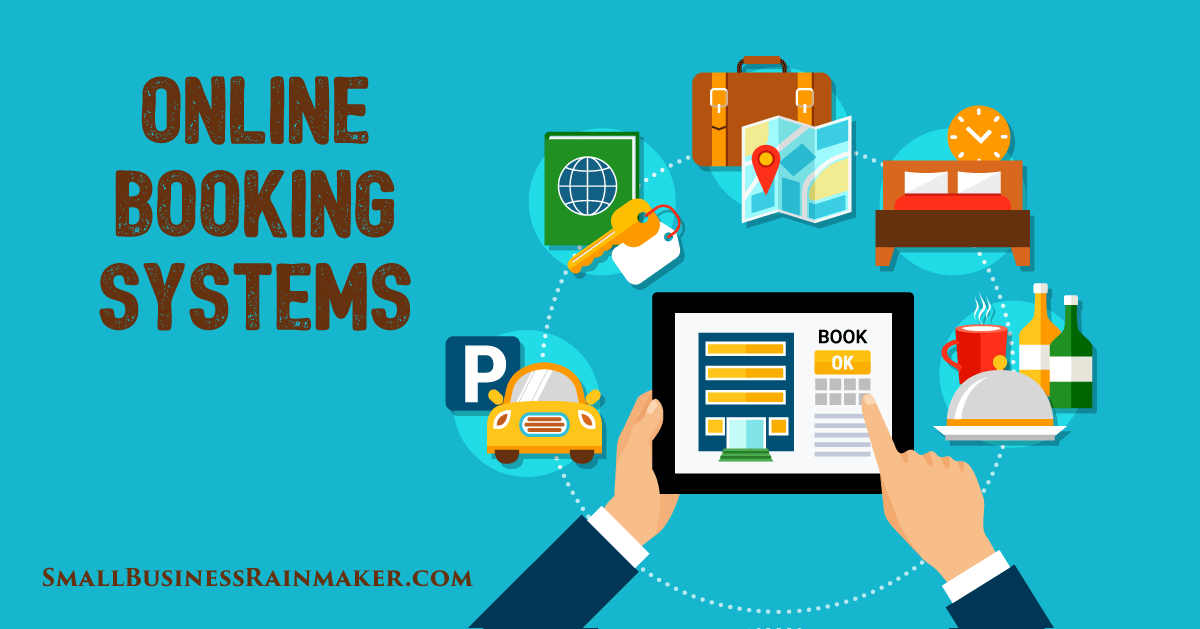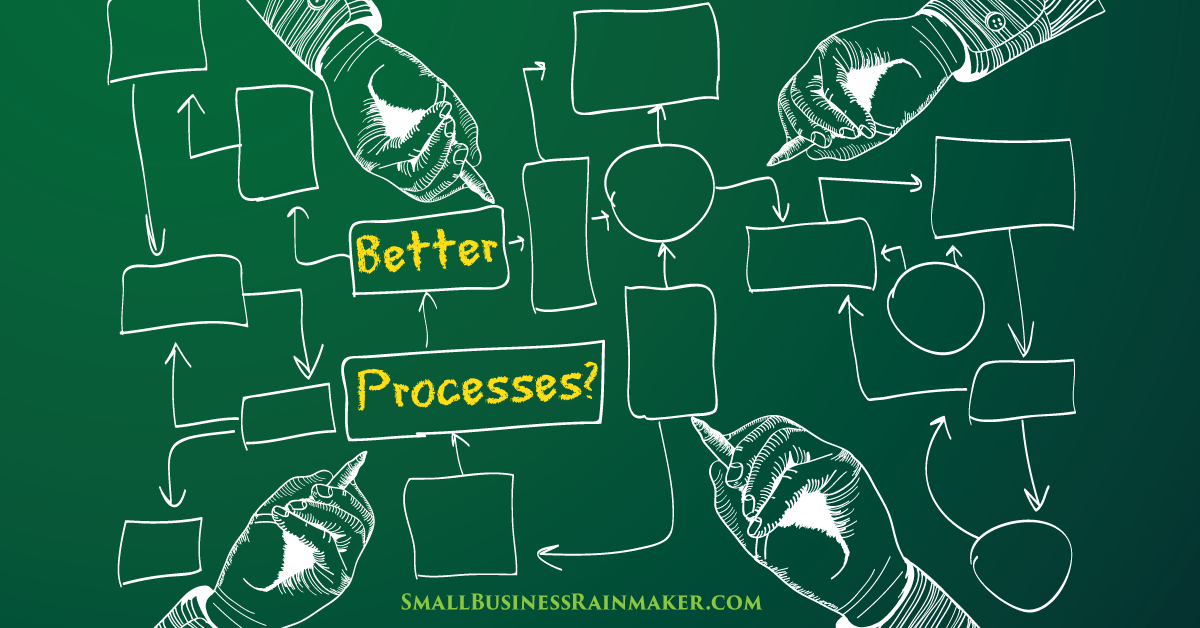
An effective and sometimes controversial tool to use in your business process management is outsourcing. A good outsourcing program releases you and your employees from rote tasks so you can focus on important, high-value tasks. It’s a high-impact way to streamline any business process imaginable.
Of course, the benefits to outsourcing are many and well-known:
![]() It reduces labor costs and overhead
It reduces labor costs and overhead
![]() It lets you work more efficiently
It lets you work more efficiently
![]() It gives you flexibility with staffing
It gives you flexibility with staffing
![]() It lets your internal team focus on important, core business tasks
It lets your internal team focus on important, core business tasks
![]() It allows you to handle overflow production demands
It allows you to handle overflow production demands
![]() It allows you access to capabilities you might never have in-house
It allows you access to capabilities you might never have in-house
The downside to outsourcing is that the very act of outsourcing becomes a project that needs to be managed. And there is still controversy over where some outsourced jobs might be going, which adds to the challenges of business process management.
Yet when handled correctly, the payoff can be big. In a global economy, it would be dangerous to completely dismiss the possibility of outsourcing, especially if it means the survival of your company.
Sharpen Your Business Process Management When You Include This 7-Step Outsourcing Method
Here are seven steps to help you plan an outsourced project, meet your business goals, and add one more valuable tool to your business process management program.
1. Define Your Outsourcing Objective
Decide exactly what needs to be outsourced. Clearly define how this task fits into your overall business. It's important to do this so that you can communicate it to your new outsourced vendor.
For example, if you decide to outsource your blog creation, the vendor needs to understand how your blog attracts prospects. They need to know all about your ideal customers, article length, resources for images, your keywords, and SEO practices.
2. Establish a Realistic Outsourcing Budget
Decide how much you want to spend on the task by looking at two key numbers.
1) How much does it cost you to perform the task internally? Obviously your outsourced cost should be lower than this number.
2) Research online to find out what the going rates are for the work you need done. It pays to be mindful of the range of rates available. Don't be tempted by the cheapest provider. It increases the risk of receiving poor quality work. Price is just ONE factor in your outsourcing decision, and you’ve got to be sure to include all factors that are important to you and your business.
3. Research Potential Vendors
Where possible, get referrals from others. Ask other business owners who they've used and whether they can recommend anyone.
Look at the vendor’s website and social media profiles to see if they have a professional online presence. It’s the digital version of an old-fashioned store front. You wouldn’t walk into a dingy, dark store with scary looking clerks just standing around. Their website should also have good testimonials from real people.
Choose a few providers that meet your budget and who seem capable of doing the work. Remember that if a service provider offers their services too cheaply, there is probably a reason.
4. Contact these Potential Outsourced Vendors
Contact the vendors on your short list. Provide a synopsis of the outsourced task to assess their abilities and whether it's a good match. Discuss price, timeline, communications, and other relevant conditions.
For example, you might schedule a weekly meeting over Skype. If they’re an excellent vendor, they’ll already have an on-boarding process in place for their new customers.
5. Document the Project and Hire Your First Outsourced Vendor
Before you commit to a vendor, document the process you plan to outsource. Define the deliverables you need from your new vendor as well as when and how they'll be delivered.
When that’s done, hire your vendor and give them any material or resources they need, such as product samples or specifications.
Agree upon a deadline for the first project. It’s wise to set it a few days before you truly need it so to allow for corrections or re-work if needed. Don’t box yourself into a corner.
6. Measure Your Results
Once the first outsourced job is done, review the results and analyze it in terms of cost.
Did you get all that you expected, and will you get a return on your investment? Remember, there are two things to look at with regard to ROI:
1) Compare the cost savings to the cost of doing the work yourself in-house. Ideally, it should be less than what it would cost in-house.
2) Outsourcing will free up time for one or more employees. What is the value of the new work they can now produce? This should be factored in to your ROI decision.
For example, let’s say you outsourced data entry tasks for a salesperson. It saves her about 20 hours per month and costs you $1000/month to outsource. This frees her up to set five more appointments each week, resulting in two more customers per week, which brings in an extra $5,000 per month. That’s a no-brainer. However, if you decide based only on vendor prices, it might seem like “too much money.” Let ROI make the decision for you.
7. Follow Up with Your New Vendor
Once the job is delivered, offer constructive feedback to the vendor. If all is well, make a commitment to the vendor for the ongoing tasks you have in mind.
This is where the real streamlining comes into play. For example, you could define a weekly batch of work, check that quality control is in place, and set up an ongoing automatic payment.
Outsourcing, done right, is a fantastic way to make your business process management run like a well-oiled machine. It takes time to set it up but once under way with a good vendor, it’s easy to monitor. The net result—increased sales revenue, lower costs, and much higher profits.
For a step-by-step system to streamline and manage all your business processes, take a look at our specially created Business Process Management (BPM) for Small Businesses™.
By the time you finish the steps outlined in this A-B-C implementation plan, you'll have some tools for business processes that will immediately increase your efficiency and profitability.
1 - You get one new, streamlined and efficient business process in place, and you'll be prepped to move on to the next one.
2 - You get a permanent system in place for managing all your business processes.
Created by small business owners, for owners.
















Leave a comment